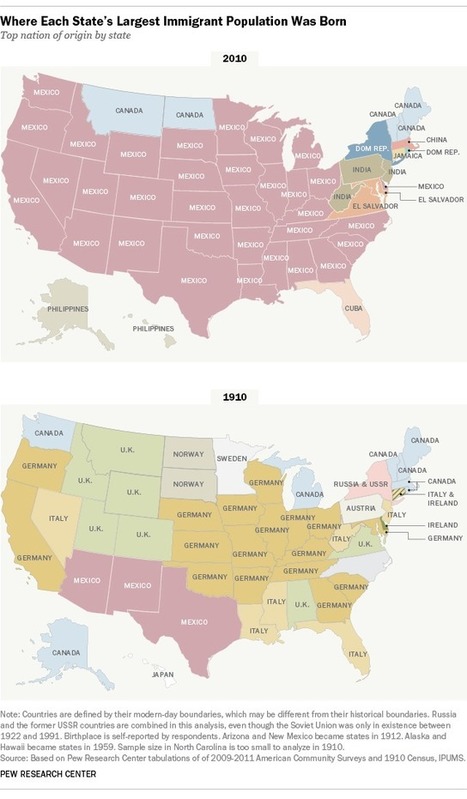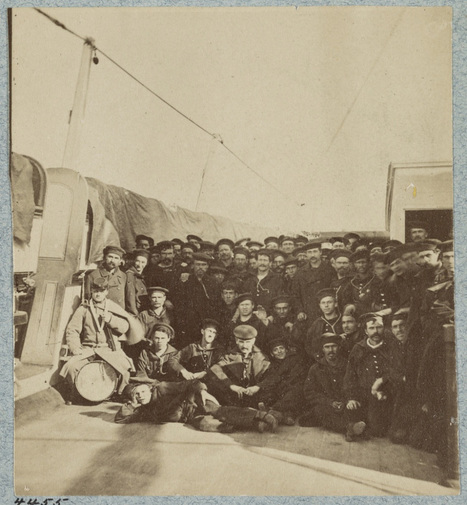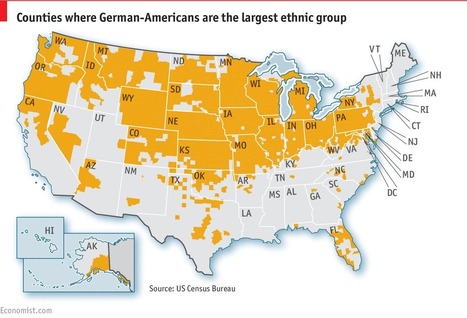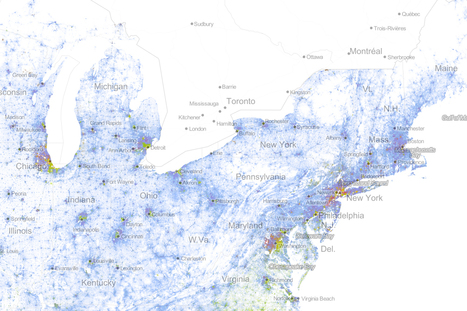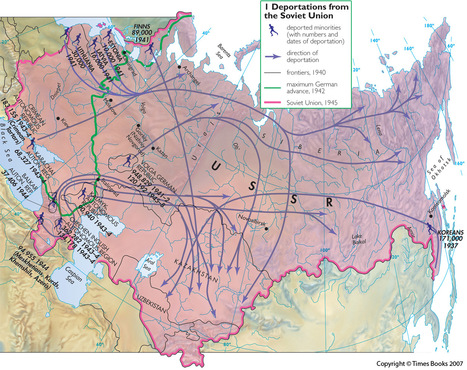"A generation ago, this Atlanta suburb was 95 percent white and rural with one little African-American neighborhood that was known as 'colored town.’ But after a wave of Hispanic and Asian immigrants who were attracted to Norcross by cheap housing and proximity to a booming job market, white people now make up less than 20 percent of the population in Norcross and surrounding neighborhoods. It’s a shift so rapid that many of the longtime residents feel utterly disconnected from the place where they raised their children."
|
|
Scooped by
Clairelouise
October 1, 2016 10:43 AM
|




 Your new post is loading...
Your new post is loading...




